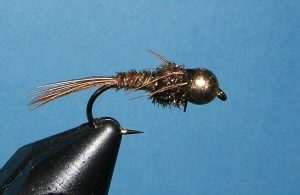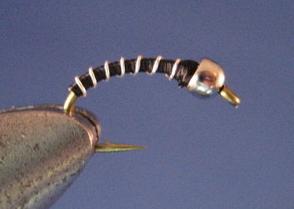
This is one of those flies that when you show it to an inexperienced angler (and many experienced ones too), the reaction will often be, “What size fish can you catch on that?!?” Whatever size fish is feeding on it. While there is sometimes a little truth to the big fly, big fish theory, fish are going to feed most on the most available food source.
In nearly every tailwater in the world, and certainly in every East Tennessee tailwater, midges are by far the most available food source. They are available to fish nearly 24 hours a day, 365 days a year. And while they may be small, they are abundant and big fish will eat them because they’re such an easy and available meal. More often than not, the first fly I tie on when fishing any tailwater, is some sort of midge.

In freestone streams like you find in the Smokies, we don’t fish midges as much because they’re not as prolific and they are often outnumbered by a variety of mayflies, caddis flies, and stoneflies. So it’s one of those weird ironies that we go to the mountains and fish larger flies for smaller fish and in the tailwaters, we fish smaller flies for larger fish! But they do have seasonal importance in the mountains. They are far more abundant in the late fall and winter than any other time of year.
Midges do hatch into adults but the larval stage is of the most significance to the fly fisherman. You will regularly see trout in the Clinch River tailwater surface feeding on adult midges. However, my experience has been that for every one hit you can get on a topwater midge imitation, you can get about twenty on a nymph. And for me, the number one nymph imitation for a midge is the Zebra Midge.
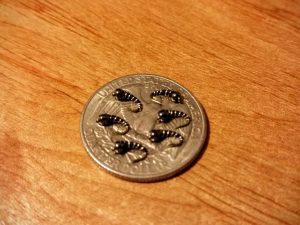
Midges are rarely bigger than a size #18 and can get a whole lot smaller. I usually fish a size #18 Zebra Midge but will and have gone as small as a #24. You can go as small as you’d like but for me, if catching trout necessitates fishing size #28 flies… It’s time to go to the bar! The smaller the fly, the smaller the tippet you need. And at 45 years of age, I’ve come to the conclusion that trying to thread a #28 hook with 9X tippet and then land a 20”+ fish on that tiny hook and 9X tippet ceases to be fun. Most of the time, a #18 hook on 6X tippet is adequate.
Midges come in a variety of colors and that can vary on a daily basis. I mostly tie Zebra Midges in red, brown, grey, olive, and black. I fish black more than any color and in the mountains, almost exclusively – maybe olive. I typically tie them with a tungsten bead to get them down quickly but like to have a few un-weighted ones on hand to fish in the film.
This fly is as simple as it gets – just a bead, thread, and wire, but is incredibly effective and a must have in any trout fly selection. Try it!
Learn more about Smoky Mountain hatches and flies in my hatch guide.
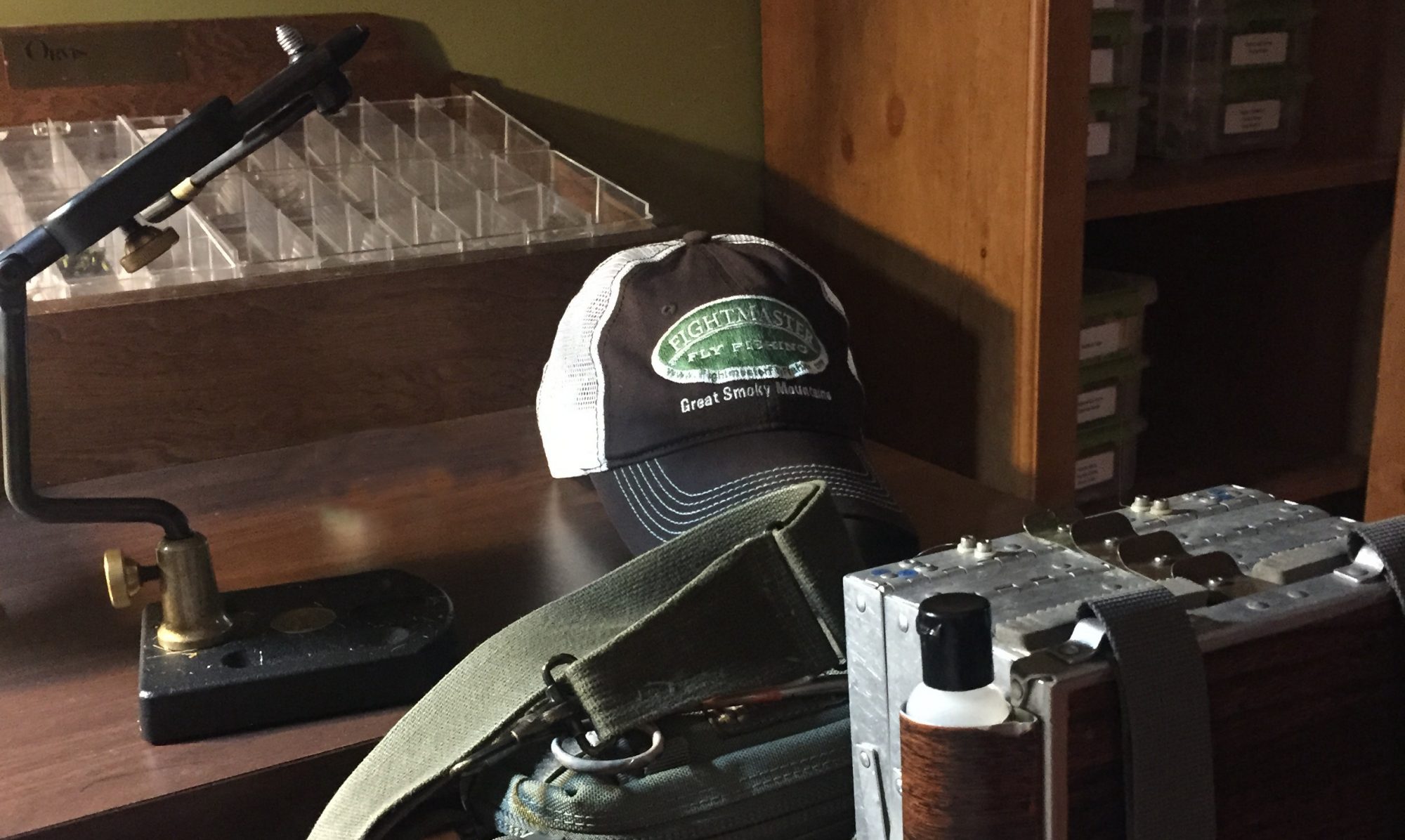
 Even with all the newfangled fly patterns and fly tying materials available today, I usually find myself sticking more with the old staples, or at least pretty similar variations. And I stick with them for one main reason: They work! Created by fly tying guru, Dave Whitlock in the 1960’s, this fly definitely falls under the “old staple” category.
Even with all the newfangled fly patterns and fly tying materials available today, I usually find myself sticking more with the old staples, or at least pretty similar variations. And I stick with them for one main reason: They work! Created by fly tying guru, Dave Whitlock in the 1960’s, this fly definitely falls under the “old staple” category.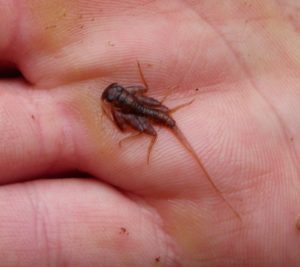
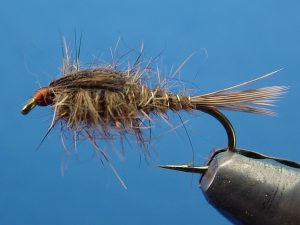
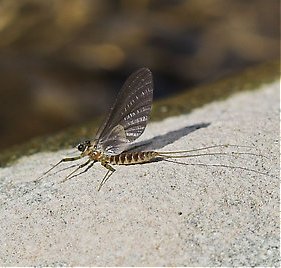 March is the month when trout fishing in the Smokies officially kicks off. Days are getting a little longer, temperatures are getting a little warmer and water temperatures are on the rise. It’s also the month when we begin to see our first good hatches of the year.
March is the month when trout fishing in the Smokies officially kicks off. Days are getting a little longer, temperatures are getting a little warmer and water temperatures are on the rise. It’s also the month when we begin to see our first good hatches of the year. Quill Gordons are fairly large mayflies, between a #14-10 hook size, that begin to hatch when the water temperature reaches 50-degrees for a significant part of the day, for a few days in a row. In unusually warm years, they’ve hatched as early as mid February. In particularly cool years, they may not hatch until April. But most years on the lower elevation streams in the Smokies, this occurs about the third week of March.
Quill Gordons are fairly large mayflies, between a #14-10 hook size, that begin to hatch when the water temperature reaches 50-degrees for a significant part of the day, for a few days in a row. In unusually warm years, they’ve hatched as early as mid February. In particularly cool years, they may not hatch until April. But most years on the lower elevation streams in the Smokies, this occurs about the third week of March.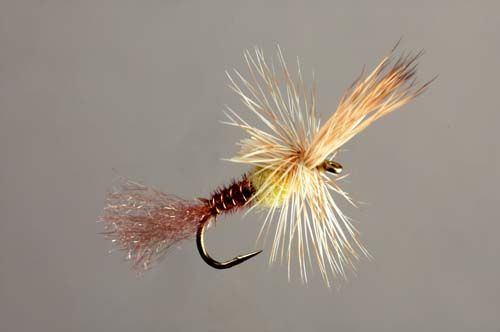
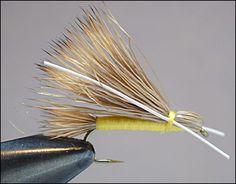 A good fly pattern is a good fly pattern. And while many good fly patterns, for one reason or another, may fall from popularity, it’s not because they stop catching fish – they just stop catching fishermen. The Madame X certainly fits that description as it had tremendous popularity twenty years ago but is rarely mentioned today.
A good fly pattern is a good fly pattern. And while many good fly patterns, for one reason or another, may fall from popularity, it’s not because they stop catching fish – they just stop catching fishermen. The Madame X certainly fits that description as it had tremendous popularity twenty years ago but is rarely mentioned today.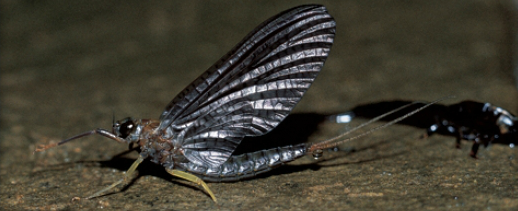
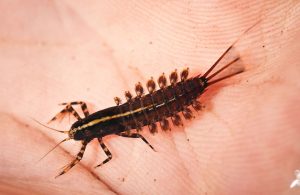
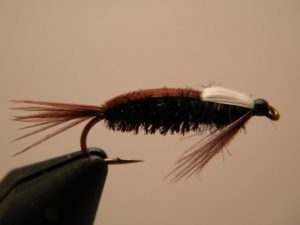
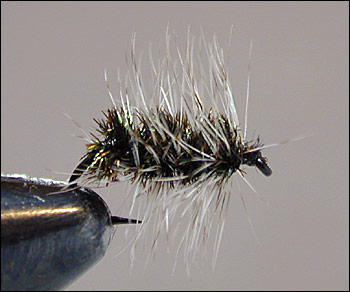
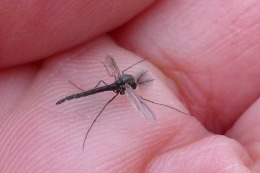
 The Ginger Caddis of the Smokies is known in other circles as the Great Brown Autumn Sedge. Many lump it together with a few other similar species and refer to them all just as October Caddis. No matter what we decide to call it, fish just call it food! Caddis of numerous varieties are available most of the year in the Smokies but really seem to come into their own in fall. And of the many caddis species hatching in the fall, the Ginger Caddis is the undisputed king.
The Ginger Caddis of the Smokies is known in other circles as the Great Brown Autumn Sedge. Many lump it together with a few other similar species and refer to them all just as October Caddis. No matter what we decide to call it, fish just call it food! Caddis of numerous varieties are available most of the year in the Smokies but really seem to come into their own in fall. And of the many caddis species hatching in the fall, the Ginger Caddis is the undisputed king.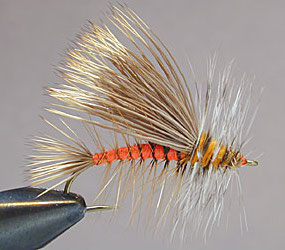
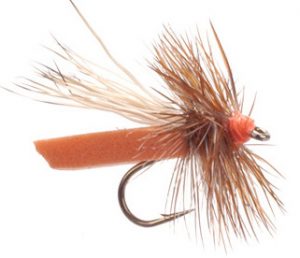
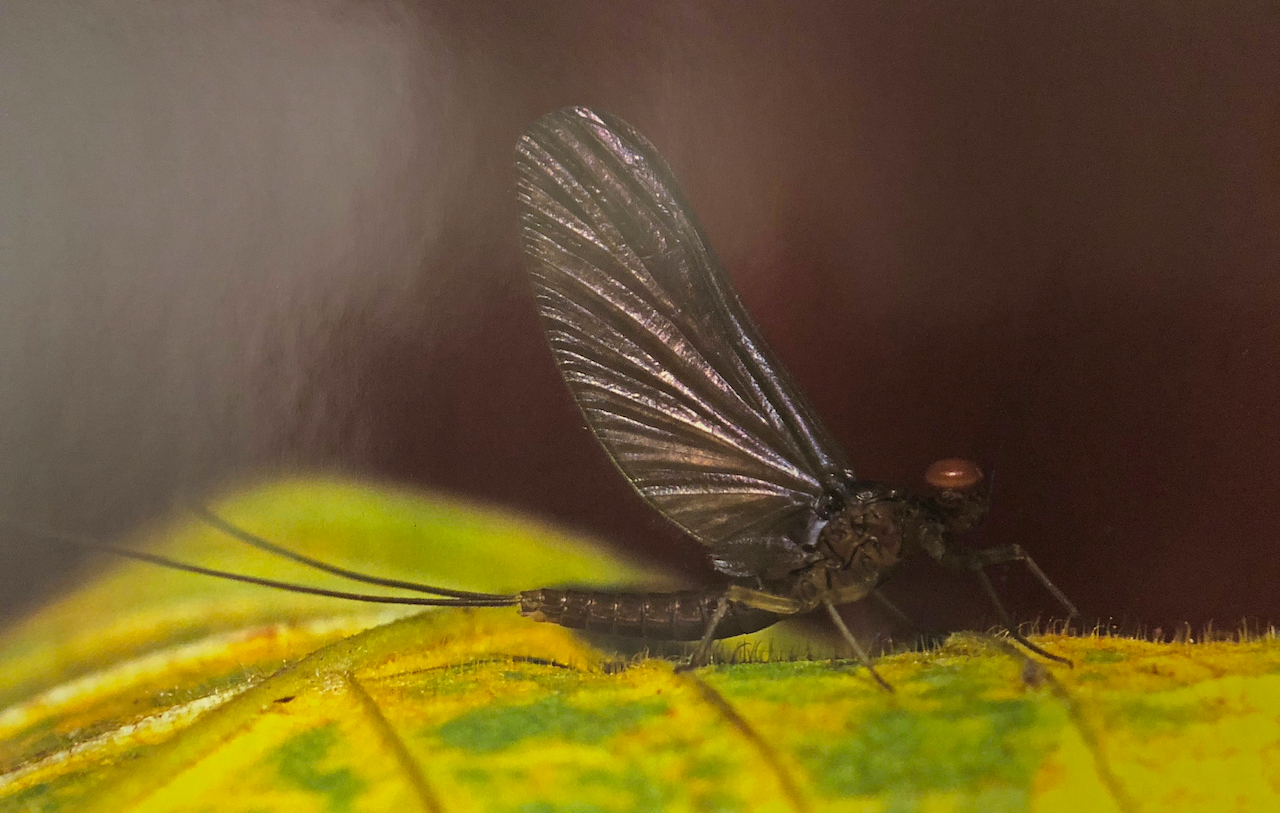 Winter seasons are not typically known to produce large hatches of aquatic insects, particularly in our part of the country. However, if you’re going to run into a hatch worthy of bringing fish to the surface during the cold winter months, it’s likely to be a hatch of Blue Wing Olive mayflies. Blue Wing Olives, or BWO’s as they’re commonly called, are one of the most erratic hatches that I know of. While most aquatic insects hatch at fairly predictable times of the year, BWO’s are likely to come off anytime of the year, typically on the crappiest day imaginable.
Winter seasons are not typically known to produce large hatches of aquatic insects, particularly in our part of the country. However, if you’re going to run into a hatch worthy of bringing fish to the surface during the cold winter months, it’s likely to be a hatch of Blue Wing Olive mayflies. Blue Wing Olives, or BWO’s as they’re commonly called, are one of the most erratic hatches that I know of. While most aquatic insects hatch at fairly predictable times of the year, BWO’s are likely to come off anytime of the year, typically on the crappiest day imaginable.

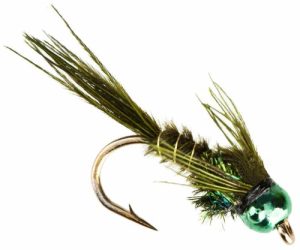
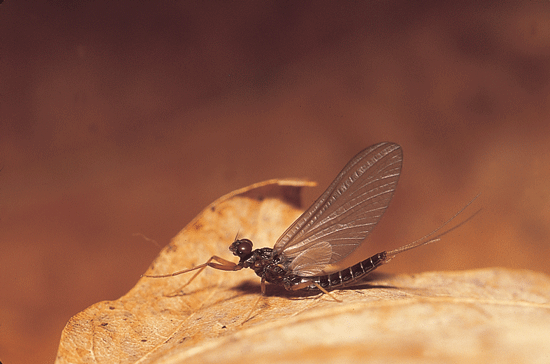 Blue Quills represent one of the first good mayfly hatches of the year in the Smokies. By “good,” I mean they can come off in big enough numbers and with enough consistency for trout to really take notice. As with most aquatic insects, water temperature determines when they hatch and being an early season bug, there can be as much as a three week variation from year to year.
Blue Quills represent one of the first good mayfly hatches of the year in the Smokies. By “good,” I mean they can come off in big enough numbers and with enough consistency for trout to really take notice. As with most aquatic insects, water temperature determines when they hatch and being an early season bug, there can be as much as a three week variation from year to year.
